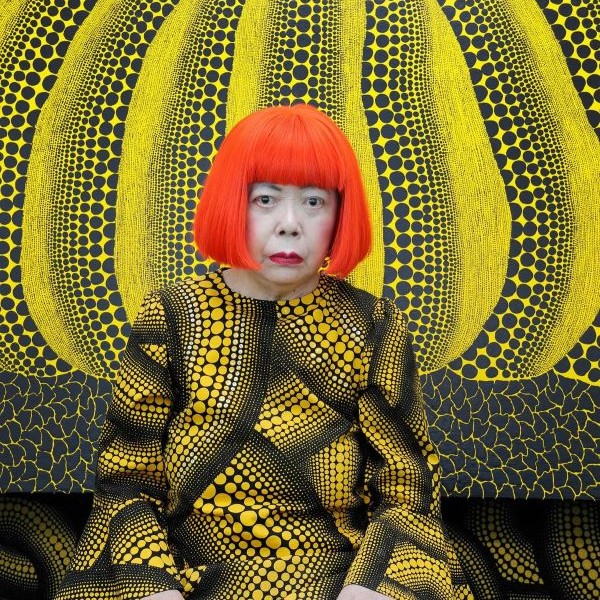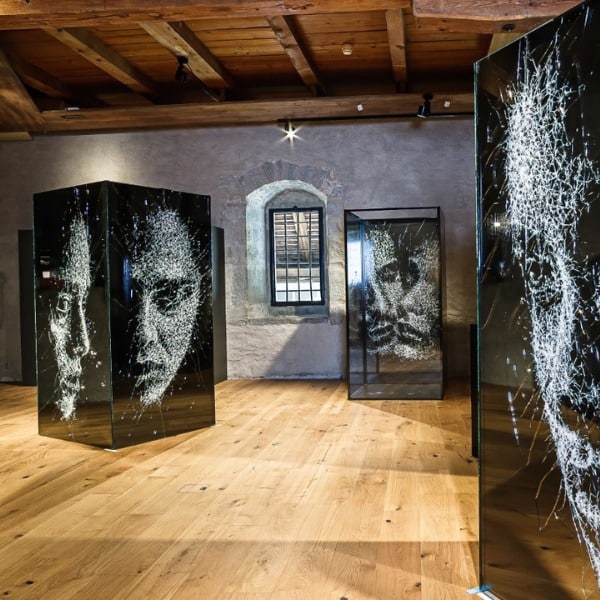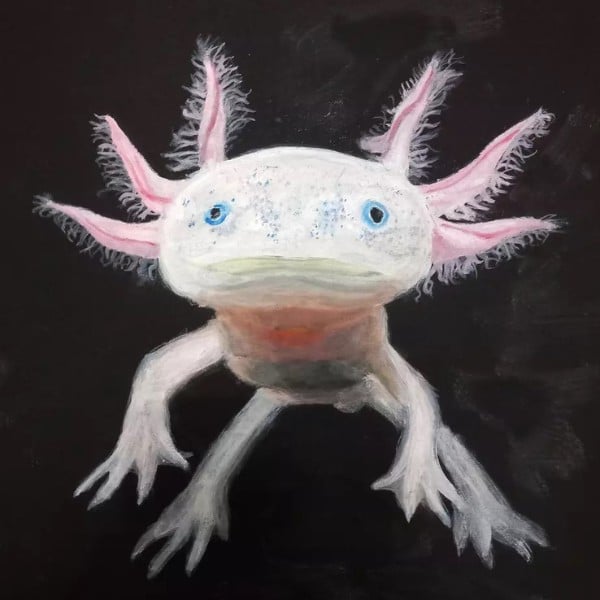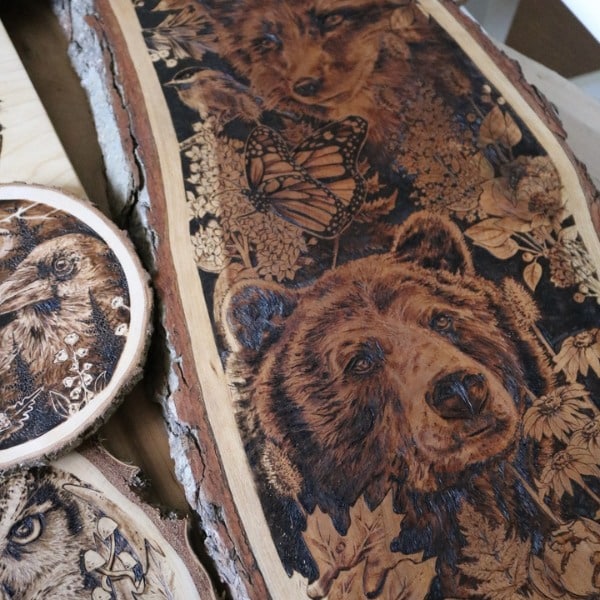Japanese artist Tomomi Kamoshita strolls along the shoreline, collecting fragments of ceramics she finds on her way. Then, using the traditional method of kintsugi, she combines the found shards with ones taken from her personal collection and ends up creating lovely and utterly unique chopstick rests. The Tokyo-based potter focuses her energy on reviving these shattered bits because, as she explains: “As every Japanese [person] has realized, the waves can take away a great deal from us, but it is also true that we greatly benefit from it.” Her delightful creations repurpose the ceramic shards which would otherwise be abandoned to the ocean and left as litter.
Kintsugi is an ancient Japanese craft used to repair cracks in pottery pieces with gold as an adhesive. Ceramics revived with this method adopt an enchanting appearance, as the gold draws attention to, and celebrates, the tumultuous history of the pottery. Kamoshita makes use of this concept to carefully piece together smashed bits which come her way—whether from tsunamis or just careless disposal by their owners. The concealed past of these ceramic fragments only adds to the allure that can be found within Kamoshita’s artwork.
Earlier this year, Kamoshita received an honorable mention in the 2016 Ronin | Globus Artist-in-Residence Program and soon her delicate ceramic pieces will be displayed at the Ronin Gallery in New York, through the group exhibition “Contemporary Talents of Japan” running June 23 to July 30, 2016.




Tomomi Kamoshita: Website | Instagram | Facebook
via [Spoon & Tamago]























































































